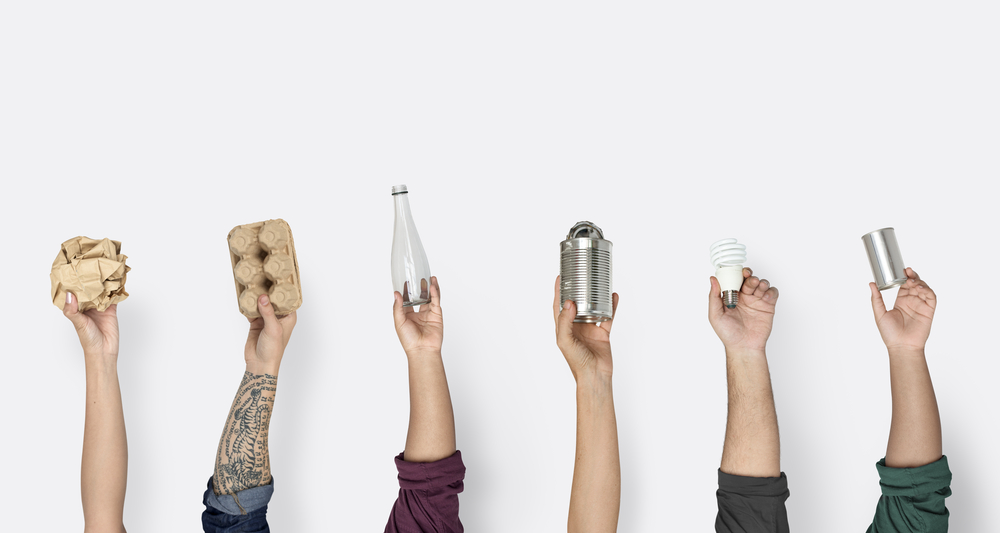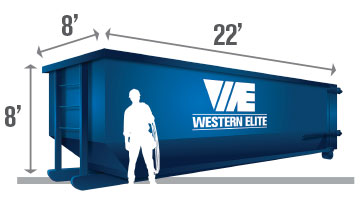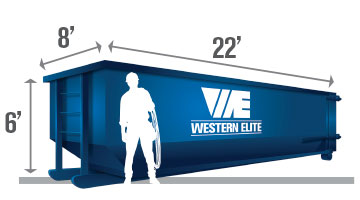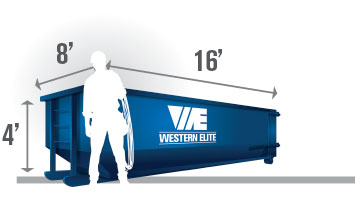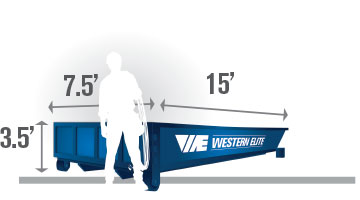Most of us, when we think of recycling, think of it as something we need to do to help protect the environment. When we recycle, we place our recyclable items into the appropriate bins and send them away to be recycled. However, few people know what happens to the products they send away or how exactly the recycling product works. In an effort to provide some education on the recycling process, here is a step-by-step guide to how recycling works.
Recycling is a process of converting waste into reusable material. When you put a recyclable object into a recycling bin, it eventually makes its way to a recycling plant. Once there, it is processed and turned back into its main elements. Here’s a breakdown of the five major groups of recyclable materials and how they are processed:
- Paper is compacted, bailed, sent to a mill, and placed in a hot water bath. The bath breaks the paper down into strands of cellulose fibers (from wood) that creates a mushy pulp. The pulp is then sent through screens that filter out any remaining contaminants such as plastic or glue. After that, it is placed into another bath that separates any ink from the paper. Once that is done, the pulp can reform and be turned into new paper products.
- Steel is crushed, bailed, and sent to foundries that melt the steel down. Once it is melted, it can be mixed with new steel to create new steel products.
- Glass is crushed into small pieces and filtered to ensure that no large pieces remain. The pieces are then sorted by color (which is important because the color of the glass is permanent) and are melted down. Once it is melted, it can be used to create new glass products.
- Aluminum is cleaned, shredded, melted, and poured into molds. The molded aluminum is shipped to manufacturers that melt the aluminum again and form it into sheets that can be used to create new products.
- Plastic is the most complicated object to recycle. This is because there are many kinds of plastics and each needs to be recycled in its own way in order to preserve the special properties of the plastics. First, they are separated into one of seven categories of plastic. Once separated, they are treated in their own ways. For example, plastics in category 1 are difficult to melt but can be easily reshaped when exposed to high temperatures. Because of this, products in category 1 are not melted but are simply reformed into new products during the recycling process. For more information on the different kinds of plastics, be sure to check out our blog post that explains the plastic recycling numbers.

